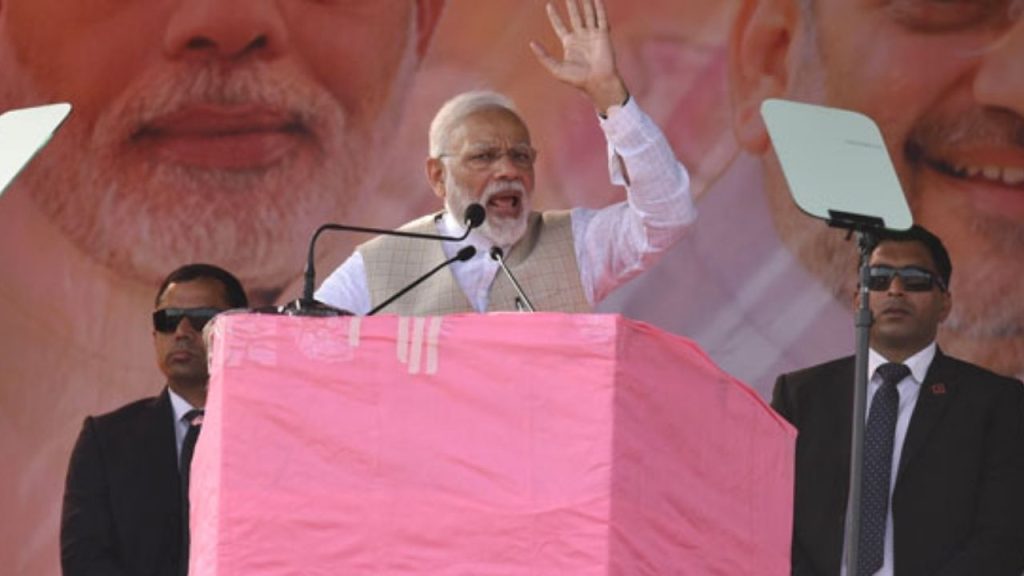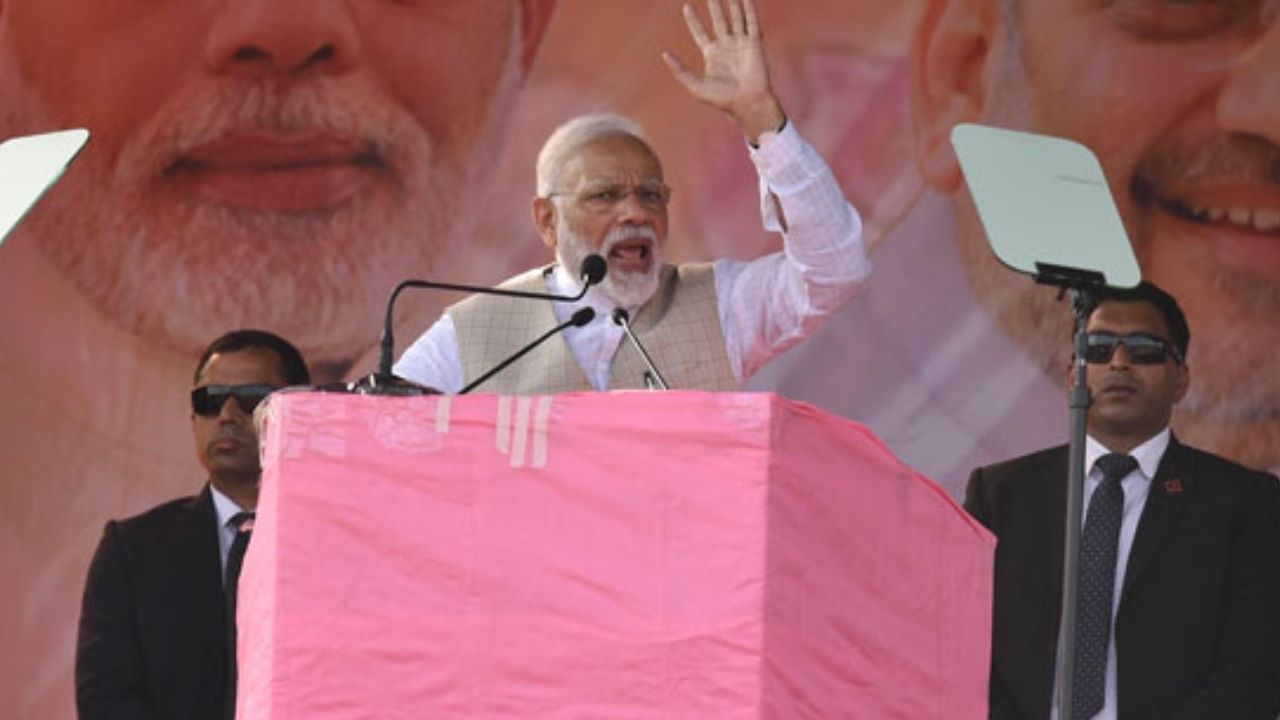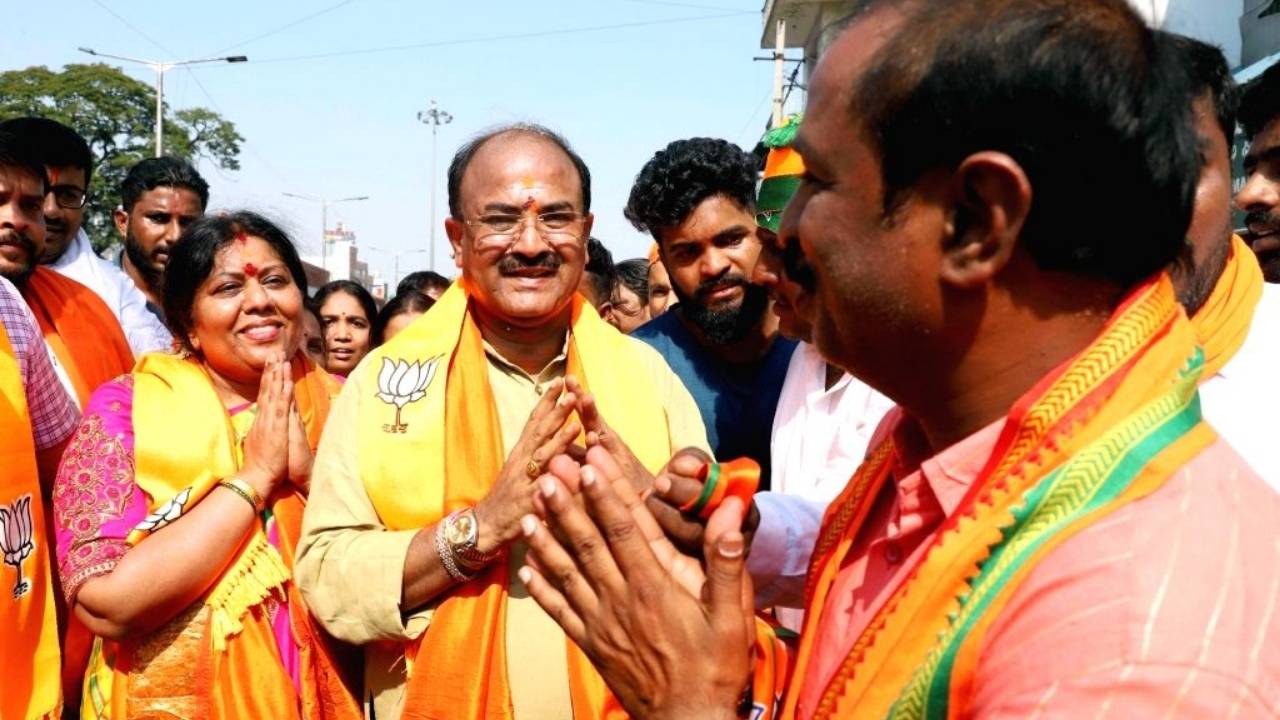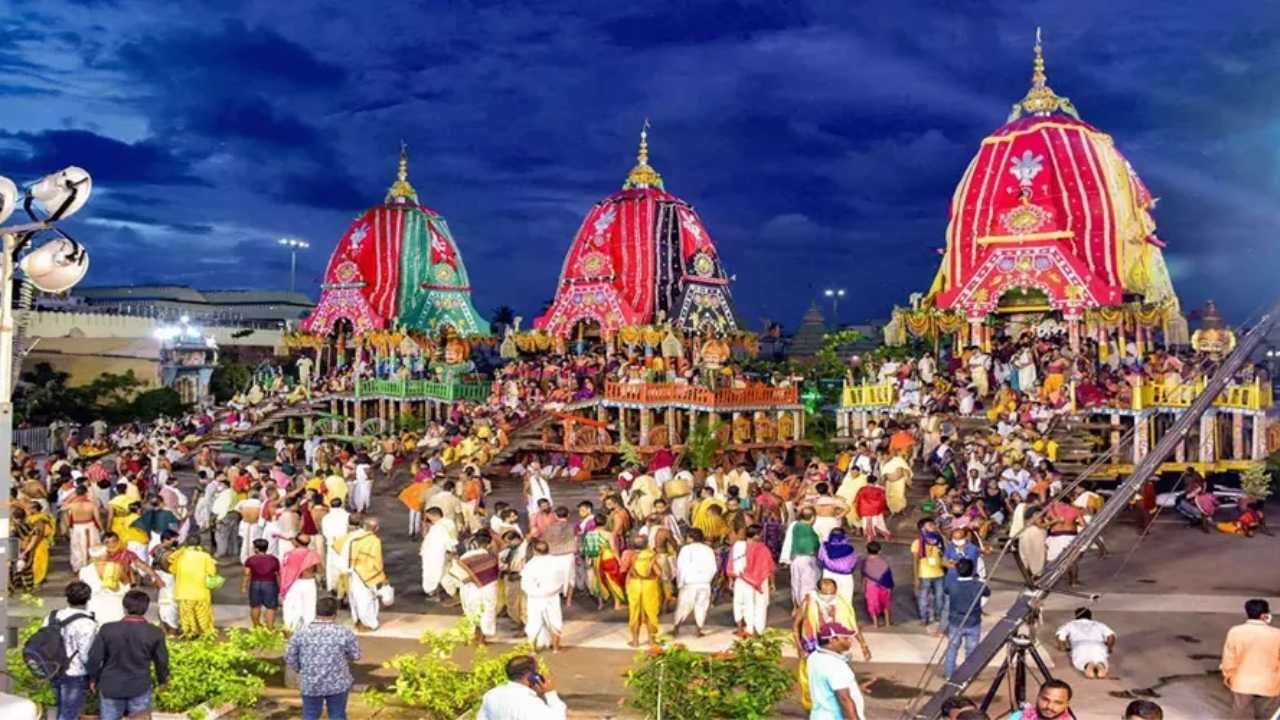In a recent move that’s stirring the political waters of Odisha, the BJP-led government has replaced the iconic green color, associated with the BJD (Biju Janata Dal), with saffron in public infrastructure projects. This color shift represents more than just a change in aesthetics; it’s a symbolic move aimed at asserting the BJP’s political dominance and identity in the state. Whether this is an effort to make a statement or part of a broader strategy, it’s clear that color politics in India has taken on new dimensions in the 21st century.
So, why does a simple change in color matter so much? To the casual observer, it might just seem like a small detail, but for those familiar with the political and cultural landscape of Odisha, this shift represents a significant shift in governance and identity. The new saffron hue symbolizes the BJP’s presence, power, and ideals, while the green once symbolized the BJD’s long-standing dominance.

This article will dive into the deeper significance of this change, explore the political implications, and discuss how the use of color in public infrastructure can impact both the citizens and the state government’s image.
BJP Government Replaces BJD’s Green with Saffron
| Topic | Details |
|---|---|
| Political Background | BJP’s rise in Odisha vs. BJD’s long-standing rule. |
| Symbolism of Colors | How saffron and green are used to convey political messages. |
| Implications for Public Image | The effects of color change on public perception of governance. |
| Practical Examples | Real-world examples of how color affects public spaces and politics. |
| Official Resources | Odisha Government Website |
The BJP’s decision to replace the BJD’s green with saffron in public infrastructure is not just about a color change; it’s about reasserting political dominance and reshaping the identity of Odisha under the party’s leadership. The choice of saffron—a color associated with Hindu nationalism—sends a powerful message, one that can shape the future of the state both politically and culturally.
Context: Color as a Political Tool
In the political world, colors are not just for decoration—they carry a lot of weight. If you think about it, the color red has been associated with communism for decades, while blue has represented the Democratic Party in the U.S. for years. In India, the BJP’s saffron color is deeply tied to its Hindu nationalist ideals, making it one of the most recognizable symbols in the political arena.
When the BJD was in power in Odisha, the green color became synonymous with Naveen Patnaik’s governance. From public parks to government buildings, green was everywhere, reflecting the BJD’s focus on development and environmental conservation. In contrast, the BJP’s recent decision to replace green with saffron in public infrastructure is more than just a fresh coat of paint. It’s a power move aimed at reshaping the visual identity of Odisha under BJP leadership.
The BJP’s association with saffron is rooted in the party’s Hindutva ideology, which champions Hindu cultural values and traditions. The shift to saffron in the public infrastructure might seem subtle, but it’s a statement that the BJP is making its mark on the region. Just like how Donald Trump’s red MAGA hats became a symbol of his supporters in the U.S., saffron could soon come to symbolize BJP’s dominance in Odisha.
Why This Matters: The Political and Cultural Impact
Odisha’s political history has been dominated by the BJD, led by Naveen Patnaik, who has been Chief Minister for over two decades. Under his leadership, the state experienced growth, but also a strong presence of green color that symbolized BJD’s governance style: stability, development, and environmentalism.
The BJP’s introduction of saffron could be seen as a way to distance the current administration from the legacy of the BJD. But, why does this matter? Well, it’s about more than just color—it’s about public perception. Colors evoke emotions, stir up memories, and influence how people feel about their leaders and the direction of the state.

The Power of Color in Politics
For instance, red can symbolize danger or urgency (think of stop signs or fire trucks), but it also represents strength and courage—traits often attributed to political parties that emphasize power and revolution. Similarly, saffron, a color historically linked to India’s spiritual roots, conveys a sense of nationalism and unity in the BJP’s context.
On the flip side, green carries its own meaning, historically tied to agriculture, environmental sustainability, and harmony. These associations made the BJD’s green color not just a choice of design, but a political symbol—one that showcased the party’s focus on development, rural upliftment, and ecological preservation.
Now, by replacing green with saffron, the BJP is sending a clear message about its political ideology—Hindu nationalism, an assertive vision of progress, and a determined will to shape the future of Odisha. This is the classic BJP playbook in action: build a visual identity that aligns with national ideologies to win local hearts and minds.
How Public Infrastructure Affects Everyday Life
Let’s take a moment to talk about the real-world impact of these color changes. Government buildings, parks, roads, and schools are part of the public infrastructure. These aren’t just functional spaces—they’re spaces that people interact with daily. When you change the colors of these spaces, you influence how people feel about them.
Color and Public Engagement
For example, transportation infrastructure, like buses, roads, and train stations, can influence how connected people feel to their government. Public buildings painted in saffron might trigger a sense of national pride, particularly for those who identify with the BJP’s ideology. In contrast, a green building might make people feel more calm and grounded, which might be a reflection of the stability the BJD has represented in the past.
While this might sound like a small thing, the psychology of color is often a crucial tool in political campaigns. Take, for example, the red used in many American political ads, which is known to stir up feelings of urgency and action. In the same way, saffron in Odisha could inspire people to rally behind the BJP’s vision for the future of the state.
The BJP’s Strategic Color Shift: A Guide for Understanding
Now that we’ve explored the political and cultural significance of this color shift, let’s break down the practical steps to understanding this move:
- Observe Public Infrastructure: The next time you walk by a government building or see a billboard in Odisha, pay attention to the colors used. Are there signs of saffron being used more than before?
- Identify BJP’s Message: Understand that the BJP is using saffron as a tool for reinforcing its political message of nationalism and cultural pride.
- Impact on State Identity: Over time, the consistent use of saffron will help shape Odisha’s identity under BJP governance. It’s more than just a design choice—it’s about aligning local visuals with national ideologies.
- Cultural Reflection: Keep in mind that color changes are also a reflection of culture and tradition. Saffron represents a connection to India’s spirituality and history, which might resonate with a large section of the population.
By understanding these steps, you can better analyze the underlying messages that this color change might be sending to the public.
From Vice-President to Suspect: Nihar Mohanty’s Suspension Shakes Odisha’s Education Board
Sambalpur Drug Lab Official in Disproportionate Assets Storm as Vigilance Searches 7 Locations
A Village for Every Community: Odisha’s Landmark Decision on 1,635 New Revenue Units
FAQs
1. Why did the BJP change the color from green to saffron in Odisha?
The BJP changed the color to saffron as part of its strategy to mark its political presence in Odisha and differentiate itself from the BJD, whose green color symbolized its leadership and focus on stability.
2. How does color influence political messages?
Color has psychological effects on people. For example, saffron can evoke nationalism, strength, and unity, aligning with BJP’s ideals. Meanwhile, green often symbolizes stability and growth, traditionally associated with the BJD.
3. Will this color change affect how people view the government?
Yes, color plays a role in public perception. Over time, consistent use of saffron can shape how people perceive the BJP’s leadership and their vision for the state.
4. Does the color change mean the BJP is aiming to make major changes in governance?
While the color change is symbolic, it also highlights the BJP’s determination to redefine Odisha’s governance, making a visual statement about the party’s values and vision.





